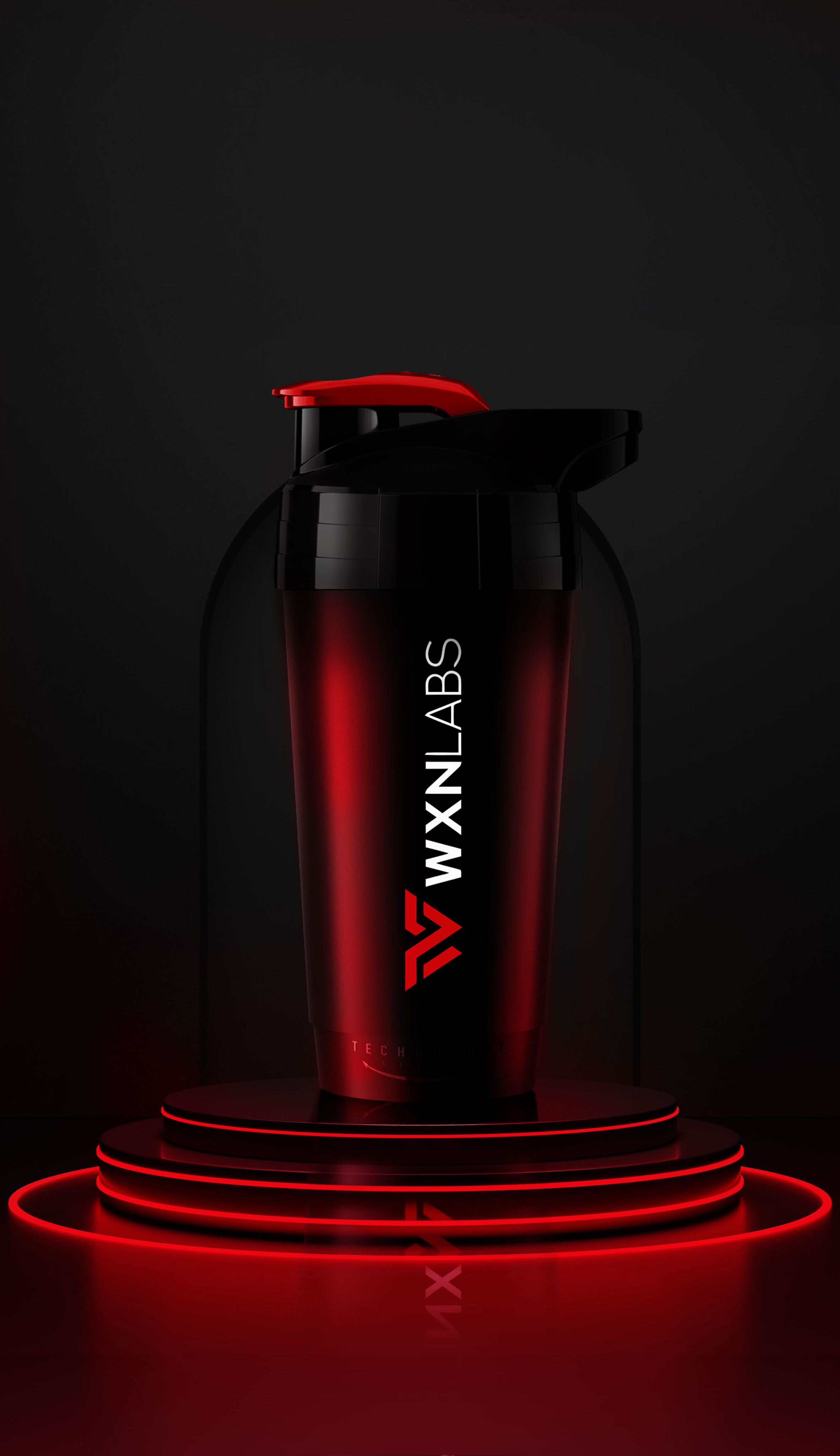Spis treści:
The amino acid in the form of creatine is made up of such compounds as arginine, methionine and glycine, among others.
Taking creatine is an essential supplement support for athletes – it provides energy to muscles and increases muscle mass gain.
What is worth knowing about it and how to take keratin? Everyone’s body naturally produces certain amounts of β-methylguanidinoacetic acid, which is creatine.
It is estimated that in the body of a physically active man weighing 90 kilograms there are approx.
150 grams of creatine, mainly in muscle tissues, but also in the kidneys, for example.
Dietarily, it is most easily absorbed from beef, pork and some fish (salmon, herring), but the effects that translate into high effectiveness can only be achieved through properly selected supplementation.
The best creatine, or what kind of creatine?
Malate and phosphate
As a supplement for athletes, creatine comes in different versions.
The effects of using different variants may differ minimally, but all are responsible for supporting the formation of strong lean muscle mass.
The first variety is creatine malate (TCM).
As with many other supplements that come in the form of malate, here too is a combination of creatine itself with malic acid. Taking creatine in this version leads to great results – it is generally recognized that supplementation results in the growth of very compact, structured muscle mass.
In return, you have to wait a little longer for the effects.
Creatine phosphate is the second most popular variety of supplements presented for athletes.
For many, it is also the best creatine.
The addition of phosphate will make the fatigue after training less noticeable, it can appear later.
The weakest, yet cheapest, variety of amino acids is creatine monohydrate – a compound of creatine with water.
Supplementation with monohydrate gives the fastest noticeable results.
Unfortunately, due to its structure, it also exhibits the action of retaining excess water in the body. Check out the offer of the WXN Labs store:
How to take keratin?
Before or after training?
The way to use creatine depends on whether you train on a given day.
In this case, keratin should be taken both before and after exercise.
This is due to the nature of the peri-exercise period, during which the assimilation of amino acids is higher, resulting in better supplementation effects.
On the other hand, when using once, in smaller doses, choose the moment right after training.
However, taking creatine on non-workout days will be different.
Then it is recommended to consume the compound before a meal.
At first it is best to take it on an empty stomach, the second dose, for example, before lunch.
How to use creatine to have the expected results?
Dosage
There are several dosage variations of the presented supplement for athletes.
One popular method, the “loading technique”, involves consuming 15 to 30 g of creatine monohydrate per day.
When the compound saturates the muscles, one should switch to a lower dosage in order to maintain the already obtained, higher level (dosage up to 5 g per day).
You can also start all supplementation from lower levels.
How you take creatine is influenced by your body weight, level of physical activity and the desired results you want to achieve.
What gives you creatine?
Professional supplement support for athletes
Creatine is a very popular compound taken by athletes and bodybuilders.
The main purpose of supplementation is to increase lean muscle mass gain. Taking creatine also translates into strength due to this higher muscle energy (carbohydrate breakdown).
In addition to this, supplementation allows for greater overall body performance and muscular endurance.
It effectively helps in the recovery process after a hard workout.
For this reason, the compound finds the interest of many people, practicing various types of sports.









